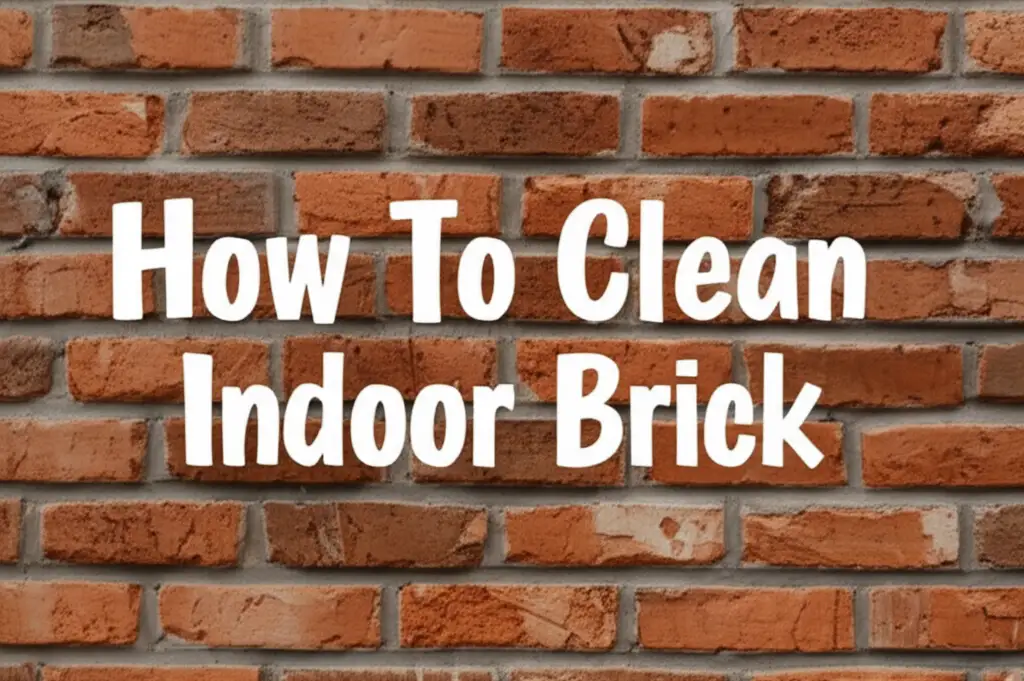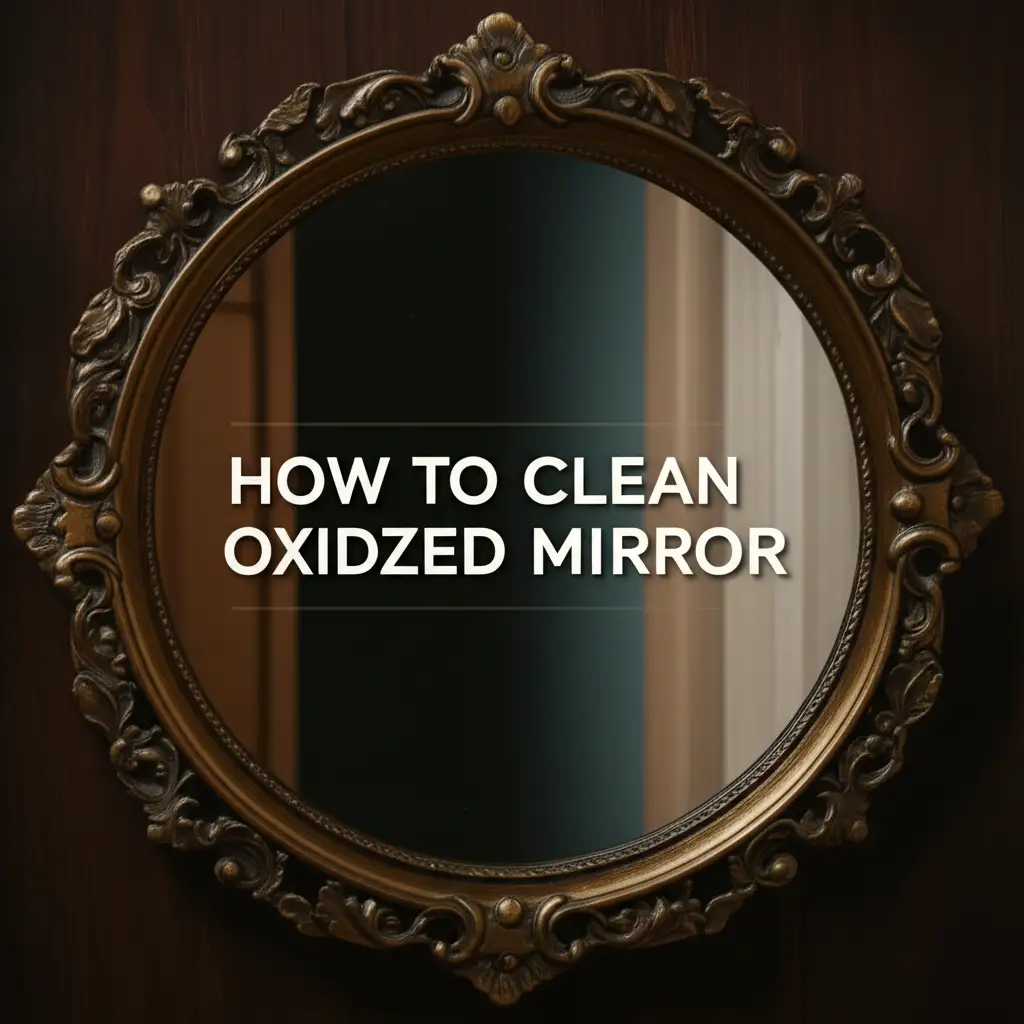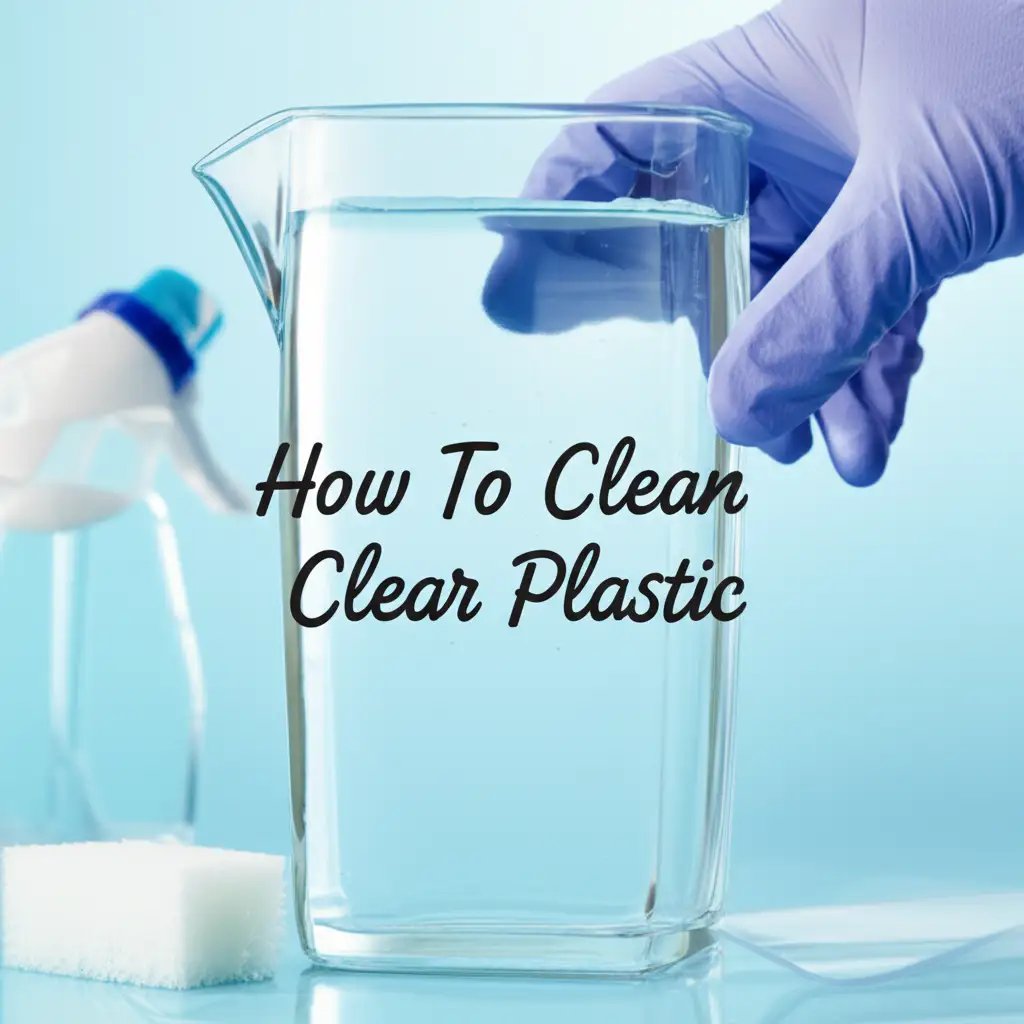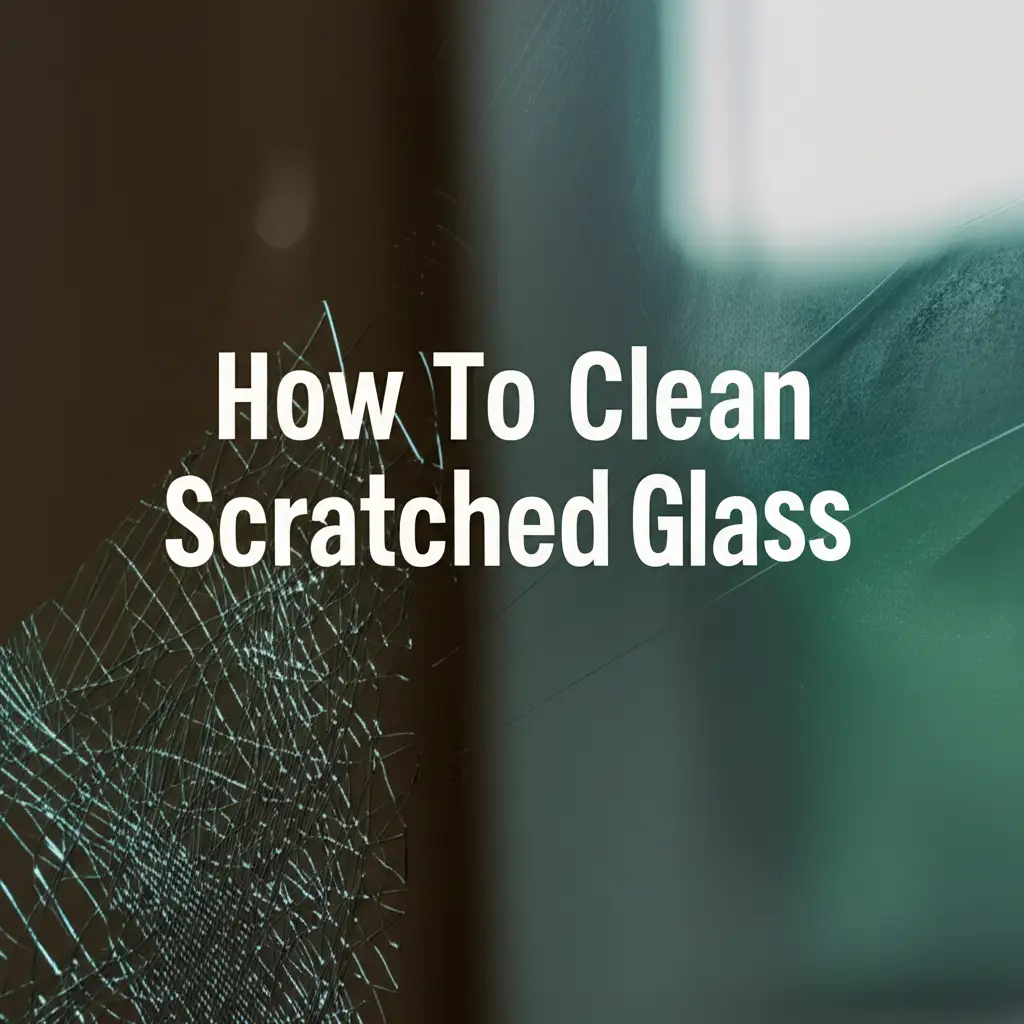· Home Care · 14 min read
How To Clean Indoor Brick

Clean Indoor Brick Effectively: Your Complete Guide
Indoor brick features add warmth and character to any home. They create a cozy, inviting atmosphere. Over time, however, these beautiful surfaces can gather dust, grime, soot, or even mold. Keeping them clean is important for both aesthetics and hygiene. If you wonder how to clean indoor brick, you are in the right place. This guide shows you simple, effective ways to restore your brick’s original charm.
I will walk you through the proper steps for cleaning different types of indoor brick. You will learn about essential tools and safe cleaning solutions. We will cover general maintenance and specific stain removal techniques. By the end, you will have the knowledge to keep your indoor brick looking beautiful for years.
Takeaway
- Assess Brick Type: Identify if your brick is sealed or unsealed to choose the right cleaning method.
- Gather Supplies: Collect soft brushes, cloths, spray bottles, and appropriate cleaning agents.
- Protect Surroundings: Cover floors and furniture to prevent damage from cleaning solutions.
- Start Gentle: Begin with dry brushing and vacuuming before moving to wet methods.
- Test Cleaners: Always test cleaning solutions in an inconspicuous area first.
- Address Specific Stains: Use targeted methods for mold, soot, or efflorescence.
- Maintain Regularly: Dust and vacuum indoor brick often to prevent heavy buildup.
How to Clean Indoor Brick Effectively
To clean indoor brick, start by dry brushing or vacuuming loose dirt. Then, use a mild solution of warm water and dish soap applied with a soft brush. Rinse with clean water and dry with a cloth. For tough stains like soot or mold, use specific cleaning agents and methods, always testing on a small area first.
Understanding Your Indoor Brick
Indoor brick brings a distinct texture and rustic appeal to your living space. It can be a fireplace, an accent wall, or part of a kitchen design. Before you begin cleaning, it is vital to understand the type of brick you have. This knowledge helps you choose the safest and most effective cleaning approach.
Different bricks have different porosities. Some indoor bricks are sealed, while others are left natural. A sealed brick has a protective layer that helps repel dirt and moisture. Unsealed brick is more porous and absorbs liquids easily. This means it can stain more deeply. Knowing this helps you prevent damage during cleaning.
Identifying the brick type affects your cleaning product choices. Harsh chemicals can damage unsealed brick or strip a sealant. Always check if your brick feels rough and absorbs water. You can test a small, hidden spot by putting a few drops of water on it. If the water soaks in quickly, your brick is likely unsealed. If it beads up, it might be sealed.
Types of Indoor Brick Surfaces
Indoor brick comes in various forms and finishes. You might have traditional red clay brick, often seen in fireplaces. Some homes feature painted brick, which requires a gentler approach. Brick veneer is another common type, applied over a surface to create the brick look. Each type needs specific care.
Rough, porous bricks absorb dirt more readily. Smooth, sealed bricks are easier to wipe clean. Sometimes, indoor brick walls are painted white or a different color. Painted brick requires very mild cleaning solutions to avoid stripping the paint. Understand your specific brick surface to ensure effective and safe cleaning.
Common Stains on Indoor Brick
Indoor brick surfaces can face several common types of stains. Soot and smoke stains are typical on fireplace brick. Dust and everyday grime build up on any exposed brick wall. Moisture can lead to mold or mildew, especially in humid areas. Mineral deposits, called efflorescence, appear as a white powdery residue.
Each stain type requires a different cleaning strategy. You cannot use the same cleaner for mold as you would for soot. Understanding the stain helps you pick the right cleaning agent. Knowing what caused the stain is the first step toward successful removal.
Essential Tools and Supplies for Cleaning Indoor Brick
Before you start cleaning your indoor brick, gather all the necessary tools and supplies. Having everything ready makes the process smoother and more efficient. Using the right tools helps you clean effectively without damaging the brick or yourself. This preparation step is crucial for safe and thorough cleaning.
Here is a list of items you will need:
- Soft-bristled brush: A good quality brush is essential for scrubbing. It helps loosen dirt without scratching the brick surface. Choose one with natural or synthetic bristles that are not too stiff.
- Vacuum cleaner with brush attachment: This is great for removing loose dust and debris. The brush attachment helps reach into the brick”s texture.
- Spray bottle: Use a spray bottle for applying cleaning solutions evenly. It allows for controlled application, reducing mess.
- Bucket: You will need two buckets. One for your cleaning solution and one for rinse water.
- Clean cloths or sponges: Microfiber cloths work well for wiping and drying. Sponges can help apply solutions and absorb dirt.
- Drop cloths or old towels: These protect your floors and surrounding furniture from water and cleaning solutions.
- Rubber gloves: Always wear gloves to protect your hands from cleaning agents.
- Safety glasses: Protect your eyes from splashes, especially when using stronger cleaners.
- Mild dish soap: A gentle, pH-neutral dish soap is often enough for general cleaning.
- White vinegar: This is a natural cleaner effective against mold and mineral deposits.
- Baking soda: A mild abrasive, useful for scrubbing and deodorizing.
- Hydrogen peroxide (3%): Can be used for mildew and some stains, but test first.
- Oxygen bleach (optional): For tough stains, but use with caution and only if brick is unsealed.
- Commercial brick cleaner (optional): If natural options fail, choose a cleaner specifically for indoor brick. Always follow product instructions carefully.
Gathering these items before you begin saves time. It also ensures you have the right tools for each step of the cleaning process. This preparation contributes to a successful and safe cleaning experience.
Preparing Your Space for Indoor Brick Cleaning
Proper preparation is vital before you start cleaning your indoor brick. It protects your home from splashes and spills. It also ensures your safety during the cleaning process. Taking a few minutes to prepare can prevent bigger headaches later.
First, clear the area around the brick. Move furniture, rugs, and decorative items away from the cleaning zone. This gives you clear access to the brick surface. It also prevents these items from getting wet or stained by cleaning solutions.
Next, lay down drop cloths or old towels. Cover the floor directly in front of and around the brick feature. Extend the coverage far enough to catch any drips or splashes. If you are cleaning a fireplace, also cover the hearth area with cloths. These barriers will protect your flooring from water damage or chemical residue.
Finally, ensure good ventilation in the room. Open windows and doors if possible. This helps disperse any fumes from cleaning products. Good airflow also aids in drying the brick after cleaning. Your safety is important, so wear rubber gloves and safety glasses throughout the cleaning process. This preparation ensures a clean, safe, and effective cleaning session.
General Cleaning Techniques for Indoor Brick
Once your area is prepared, you can start with general cleaning. This first step removes loose dirt and light grime. It is often all you need for regularly maintained indoor brick. Starting gently helps you avoid harsher methods if they are not needed.
Begin by dry brushing the brick surface. Use your soft-bristled brush to gently scrub away dust, cobwebs, and loose debris. Brush downward to direct dirt onto your drop cloths. Pay attention to the mortar lines, where dust tends to collect. A thorough dry brushing removes a surprising amount of surface dirt.
After brushing, use a vacuum cleaner with a brush attachment. Vacuum the entire brick surface. This picks up all the loosened dust and small particles. The brush attachment helps reach into the brick’s texture and grout lines. Vacuuming ensures you remove all dry debris before applying any liquids.
For light stains or general grime, a simple soap and water solution works well. Mix a small amount of mild dish soap into a bucket of warm water. Dip your soft-bristled brush or a sponge into the solution. Wring out excess liquid. You want the brush damp, not soaking wet. Gently scrub the brick surface in small sections. Work from top to bottom. This prevents dirty water from running over already cleaned areas. After scrubbing, use a clean cloth dampened with plain water to wipe down the brick. This removes soap residue. Finally, dry the brick with a clean, dry cloth. This prevents water spots and helps the brick dry faster.
For indoor fireplaces or brick hearths, regular cleaning is crucial. How to Clean Fireplace Brick offers specific methods for general maintenance. If your hearth is separate, remember to also clean your brick hearth thoroughly. General cleaning keeps your brick looking fresh.
Tackling Stubborn Stains on Indoor Brick
Sometimes, general cleaning is not enough. Indoor brick can develop more persistent stains. These require targeted approaches. Always test any new cleaning solution on a small, inconspicuous area first. This prevents damage to your brick surface.
Soot and Smoke Stains: Fireplaces are beautiful, but they can accumulate soot. Soot leaves dark, greasy stains on brick. For light soot, a paste of baking soda and a little water can work. Apply the paste, let it sit for a few minutes, then scrub gently with a soft brush. Rinse with clean water. For tougher soot, consider using a commercial soot remover designed for brick. Always follow product directions carefully. You can find more detailed steps on how to clean soot off brick.
Mold and Mildew: Mold appears as black, green, or white fuzzy patches. It grows in damp, humid conditions. Mix equal parts white vinegar and water in a spray bottle. Spray the moldy area thoroughly. Let it sit for about 15-20 minutes. Scrub with a stiff brush. Rinse the area with clean water. For stubborn mold, a solution of 1 part bleach to 10 parts water can be used on unsealed brick, but always test first. Be very careful with bleach and ensure good ventilation. More comprehensive advice on how to clean mold off brick is available.
Efflorescence (White Powdery Stains): Efflorescence is a white, chalky residue. It happens when moisture in the brick evaporates and leaves behind mineral salts. For light efflorescence, dry brush the area thoroughly. Then, scrub with a mixture of equal parts white vinegar and water. Rinse with clean water. Repeat if necessary. For heavy efflorescence, you might need a specialized efflorescence remover. Ensure it is safe for indoor use. Discover detailed techniques on how to clean efflorescence off brick.
Grease Stains: Kitchen brick features can develop grease stains. A poultice of baking soda and water can help absorb grease. Apply a thick paste over the stain. Cover it with plastic wrap and let it sit overnight. The baking soda will draw out the grease. In the morning, scrape off the dried paste and clean the area with soap and water. Repeat if the stain persists.
Always rinse the brick thoroughly after cleaning any stubborn stain. Residual cleaner can attract more dirt or cause damage over time. Dry the area completely to prevent new moisture-related issues.
When to Call a Professional for Brick Cleaning
While many indoor brick cleaning tasks are DIY-friendly, some situations call for professional help. Knowing when to step back and hire an expert protects your brick and your home. Attempting to fix severe issues yourself can sometimes cause more damage.
Consider professional cleaners if you face extensive staining. Large areas of deep-set soot, widespread mold growth, or heavy efflorescence might be too much for DIY methods. Professionals have specialized equipment and stronger, yet safe, cleaning agents. They also understand how to apply them without harming the brick or surrounding structures.
Another reason to call a professional is if your brick is very old or fragile. Historic brick can be delicate. Improper cleaning techniques could lead to crumbling or erosion. Professionals assess the brick’s condition and use gentle, non-abrasive methods. They ensure the preservation of your valuable brickwork.
If you suspect structural issues, such as crumbling mortar or cracks, a professional should inspect it. Cleaning might worsen these problems. A masonry expert can repair the brick before cleaning. They ensure the wall is stable and ready for treatment.
Finally, if you have tried various DIY methods without success, a professional might be the answer. They can identify the specific type of stain and brick. This allows them to use the most effective treatment. Professional cleaning is an investment. It ensures your indoor brick is cleaned safely and thoroughly. It also restores its beauty without risk.
Maintaining Your Indoor Brick for Lasting Beauty
Regular maintenance keeps your indoor brick looking its best. It also reduces the need for deep cleaning. A consistent routine prevents dirt and stains from building up. This saves you time and effort in the long run.
Start with regular dusting and vacuuming. Use a soft brush or a vacuum cleaner with a brush attachment. Go over your brick walls or fireplace surfaces weekly or bi-weekly. This removes loose dust and cobwebs before they adhere to the porous surface. Pay attention to crevices and mortar lines where dust loves to hide.
Address spills and splatters immediately. If something splatters on your brick, gently blot it with a clean cloth. Use a damp cloth if necessary. Quick action prevents the substance from soaking into the brick pores. This is especially important for unsealed brick.
Consider sealing your indoor brick. A sealant creates a protective barrier on the brick surface. This barrier makes the brick less porous. It repels moisture and stains, making future cleaning much easier. Choose a breathable, non-yellowing sealant designed for indoor masonry. Apply it according to the manufacturer’s instructions. Sealing can extend the life of your brick and keep it looking fresh. Always test the sealant in an inconspicuous area first.
Good ventilation in rooms with indoor brick, especially bathrooms or kitchens, helps prevent mold and mildew. Proper airflow reduces humidity levels. This creates an environment less favorable for mold growth. If your brick is part of a fireplace, ensure regular chimney inspections and cleanings. This prevents excessive soot buildup on the brick surround. By following these simple maintenance tips, your indoor brick will remain a beautiful and striking feature in your home.
FAQ Section
How often should I clean indoor brick? For general dusting, clean indoor brick weekly or bi-weekly. Deep cleaning, involving wet methods, depends on usage and location. A fireplace brick might need cleaning annually, while a decorative wall might only need it every few years. Clean spills or obvious stains immediately.
Can I use a pressure washer on indoor brick? No, never use a pressure washer on indoor brick. Pressure washers are too powerful for interior surfaces. They can damage the brick, erode mortar, and push water deep into the wall structure. This can lead to serious moisture problems or structural issues. Stick to manual cleaning methods.
Is vinegar safe for indoor brick? Yes, white vinegar is generally safe for cleaning unsealed indoor brick and is effective against mold, mildew, and efflorescence. Always dilute it with water (1:1 ratio) and test on an inconspicuous area first. Avoid using vinegar on sealed or painted brick without careful testing, as it can dull finishes.
How do I remove smoke stains from indoor brick? For light smoke stains, try scrubbing with a paste of baking soda and water. For heavier stains, a commercial soot remover specifically designed for brick can be effective. Always test the cleaner in a small, hidden spot first and ensure good ventilation while working.
What is the best cleaner for indoor brick? The best cleaner depends on the stain. For general dirt, mild dish soap and warm water work well. For mold and efflorescence, a diluted white vinegar solution is effective. For soot, specific soot removers are available. Always choose pH-neutral cleaners when possible to protect your brick.
How can I prevent mold on indoor brick? To prevent mold, control humidity in the room. Use dehumidifiers in damp areas. Ensure good ventilation by opening windows or using exhaust fans. Keep the brick dry, especially after cleaning. Sealing porous brick can also help prevent moisture absorption and mold growth.
Conclusion
Cleaning indoor brick does not have to be a daunting task. By understanding your brick type and using the right tools, you can keep these beautiful features looking their best. We covered everything from basic dusting to tackling stubborn stains like soot, mold, and efflorescence. Remember, a gentle approach and proper preparation are key to effective and safe cleaning.
Regular maintenance, such as dusting and prompt spill cleanup, significantly reduces the need for intensive cleaning. If you encounter severe issues, consider calling a professional to protect your brickwork. By following these simple steps, your indoor brick will continue to be a stunning and inviting element in your home for many years to come. Take the time to care for your indoor brick, and it will reward you with lasting beauty and warmth.
- indoor brick cleaning
- brick maintenance
- home cleaning
- DIY cleaning
- masonry cleaning




